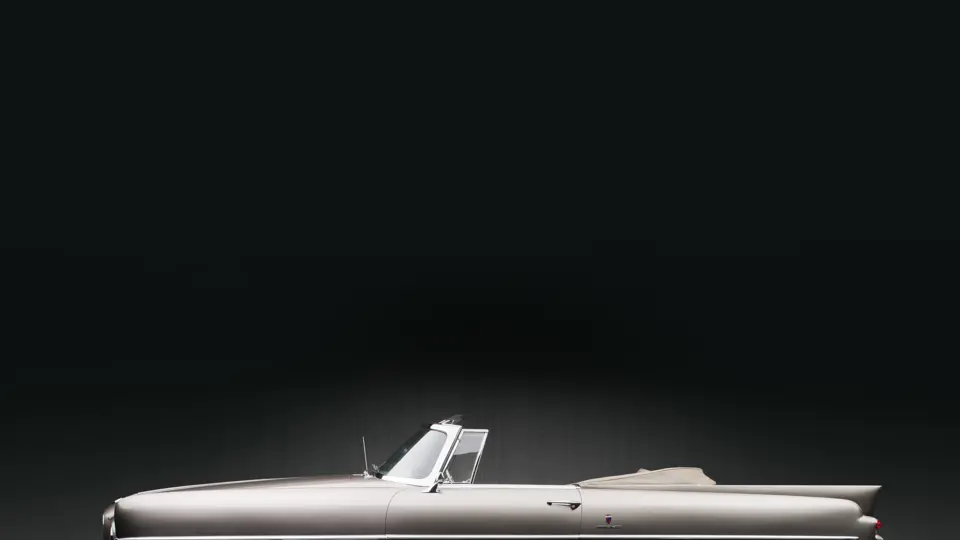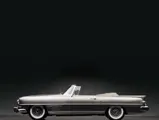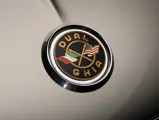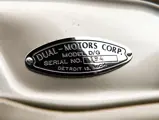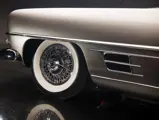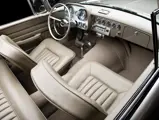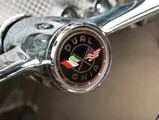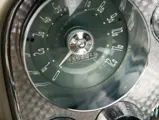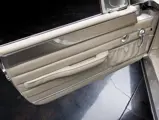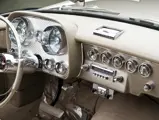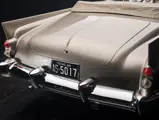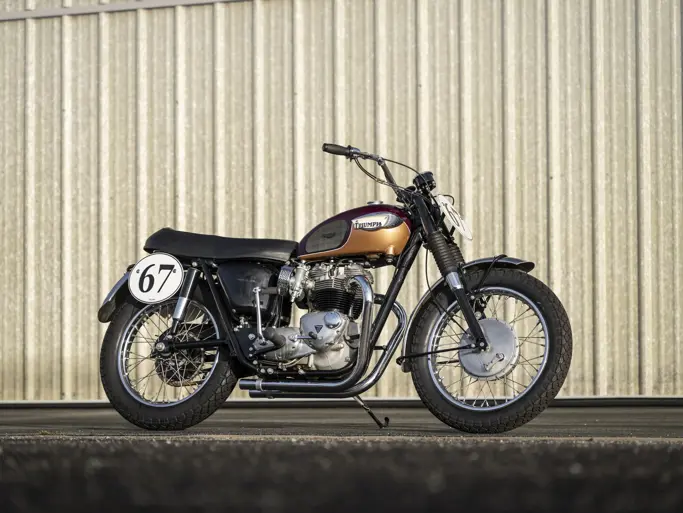230 hp, 315 cu. in. Dodge D-500 “Red Ram” V-8, Carter four-barrel carburetor, Chrysler PowerFlite two-speed automatic transmission, independent front suspension with unequal length A-arms and coil springs, live rear axle and semi-elliptic leaf springs, and four-wheel hydraulic drum brakes. Wheelbase: 115 in.
After Chrysler opted out of putting its Dodge Firearrow show cars into production, Detroit trucking magnate Eugene Casaroll bought rights to the design. Soon, Casaroll’s Dual Motors, named for the twin-engined trucks he once produced, had a modified version of the Firearrow in production. Dubbed the Dual-Ghia, it featured an unbeatable combination of reliable, Motor City-bred Dodge V-8 power and gorgeous bodywork hand-built by the noted Italian Carrozzeria Ghia of Turin. Exhaustive attention to detail and extensive handcraftsmanship resulted in a beautifully-finished automobile, with a luxurious interior that featured front bucket seats and a dashboard with a full set of instruments set in engine-turned aluminum.
Casaroll recognized the value of social status and snob appeal. Long before Ferrari studied how many of a car would sell and then built one fewer, the father of the Dual-Ghia hand-chose his customers from a list of clamoring applicants. Frank Sinatra, the brightest of stars, was a natural choice, as were his friends Dean Martin and Eddie Fisher. Legendary columnist Dorothy Kilgallen wisecracked that a Rolls-Royce was “the Hollywood status symbol for those who can’t get a Ghia.” Presumably, there were a lot of Rolls-Royces delivered in Hollywood, as only about 100 Dual-Ghias were produced between 1956 and 1958. With the exception of a duo of prototype coupes, all were convertibles.
The Dual-Ghia of the Don Davis Collection has the optional Hemi-head “Red Ram” V-8, which was much sought-after among enthusiasts of these cars, and it is believed to have been delivered new in France. It eventually returned stateside and came into the hands of Howard Hoaglund Carmichael. “Hoagy,” as he was known to generations of Americans two-stepping around their record players, was a prolific composer for stage and screen. He gave the world “Heart and Soul,” “Georgia On My Mind,” and most famously, “Stardust.” In the nearly nine decades since its 1926 release, “Stardust” has become one of the most recorded songs in the history of popular music, performed by everyone from Frank Sinatra to Ringo Starr.
According to Dual-Ghia authority Dr. Paul Sable, this car was one of at least two cars owned by Carmichael, and it remained in his family as late as the early-1990s, owned by the composer’s son, Randy. It was eventually acquired by enthusiast Randy Stowe, and it was delivered to Stowe’s father’s respected Great Lakes Motor Works in Michigan, which exhaustively researched the car’s history and then began to painstakingly restore it over an 18-month period. The Stowes’ passion for the project resulted in the Dual-Ghia being the only post-war car to be awarded Best of Show at a major American concours d’elegance in the modern era, garnering top honors at Amelia Island in 2003. This followed a class victory at Meadow Brook in 2002, and 2nd in Class at Pebble Beach in 2001. No other Dual-Ghia extant has captured such prestigious honors.
Today, a decade after it was restored, Hoagy Carmichael’s Dual-Ghia remains absolutely immaculate, down to the tiniest detail—still glistening in its elegant and unusual Silk Khaki finish, its custom-dyed matching leather interior still crisp and fresh, and the fit and finish from top to bottom befitting a concours winner that is one of the very best of this rare breed still in existence today.
All of the great cars in history evoke the time and the place in which they found glory. For the Dual-Ghia, the time was the 1950s, and the place was Hollywood. Don Davis’ Dual-Ghia is among the few remaining examples with known celebrity provenance, and combined with the excellence of its historic, Amelia Island-conquering restoration, that makes it the brightest among stars. Eugene Casaroll would be pleased.
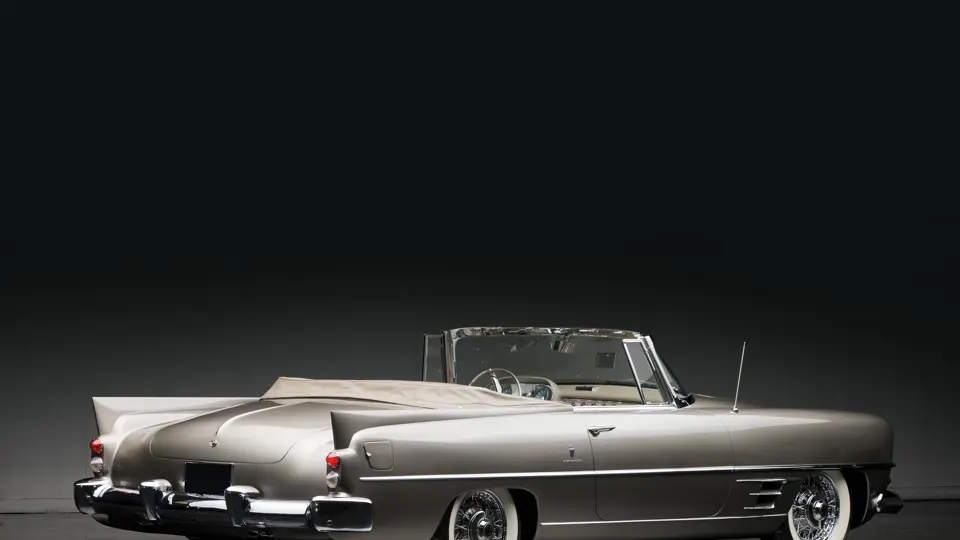

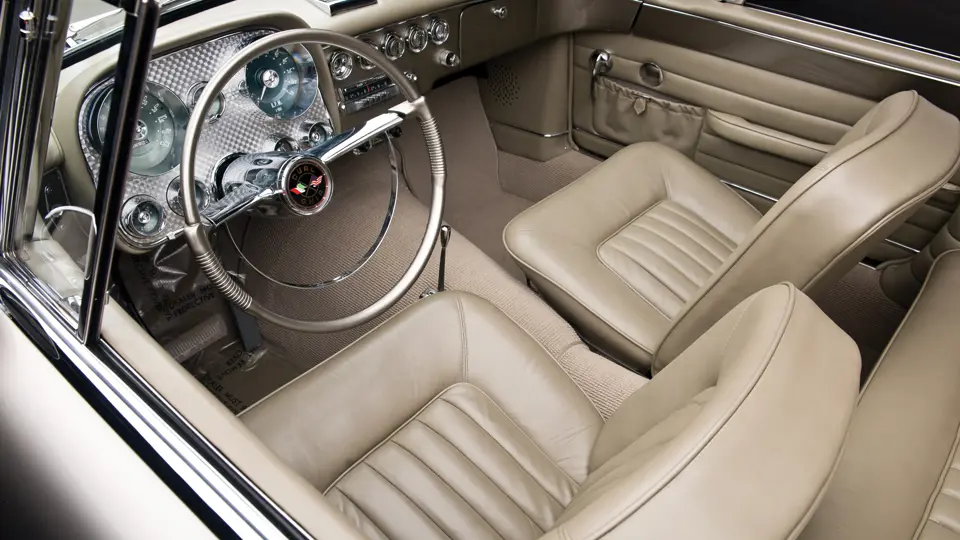

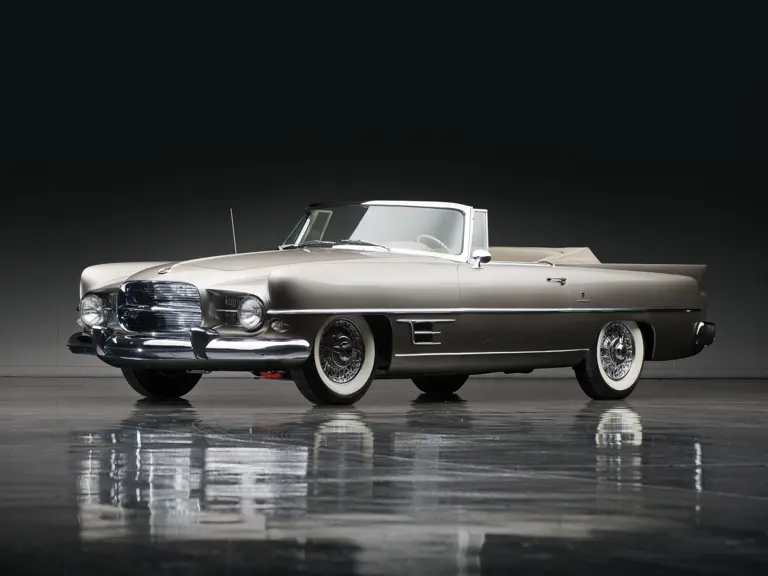
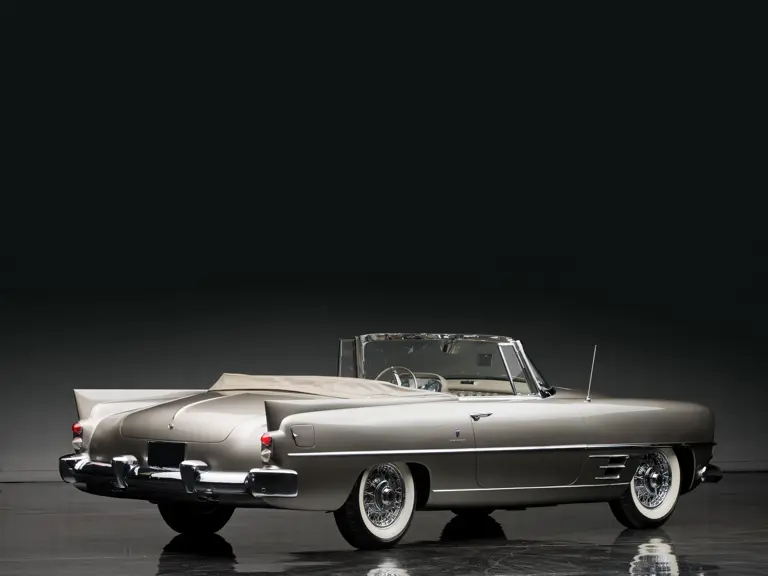
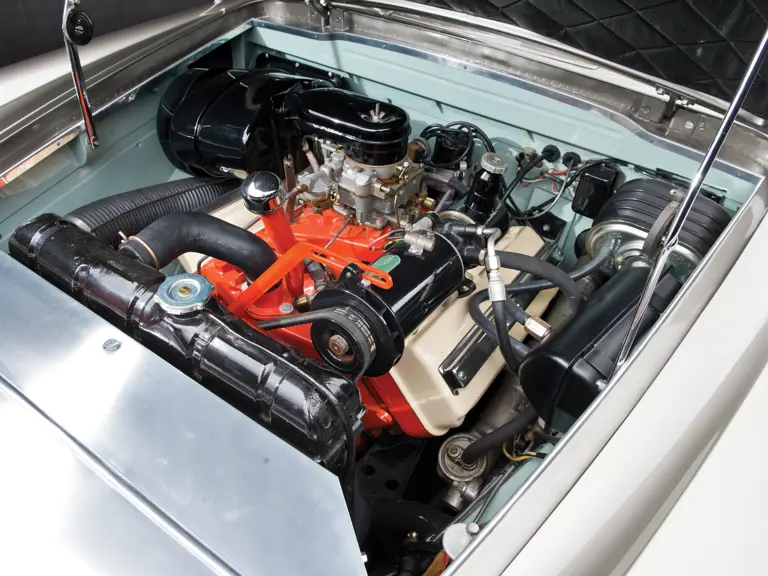

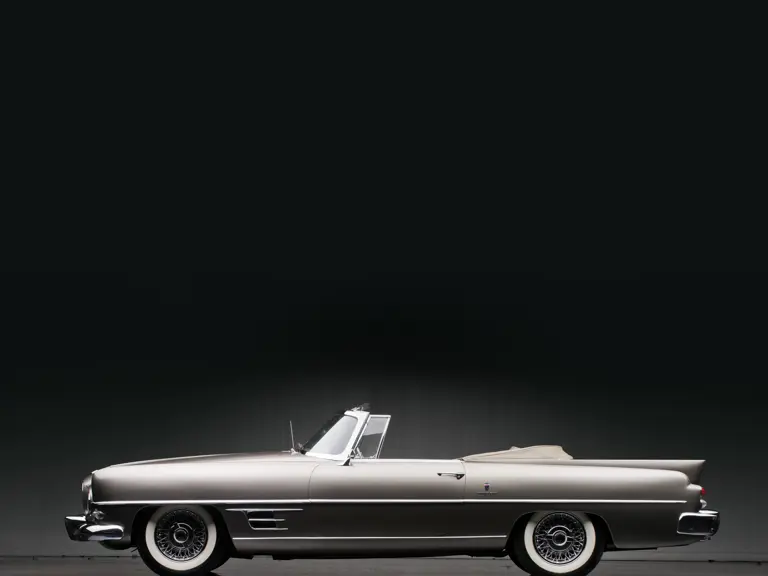
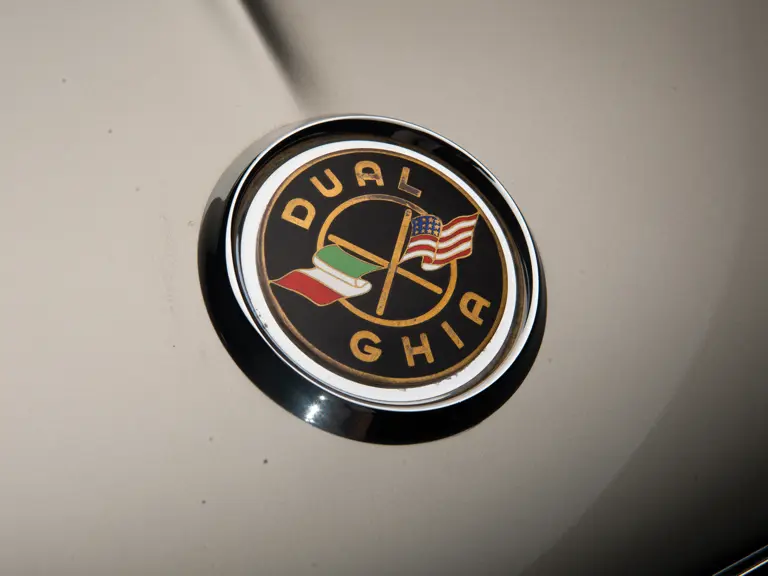
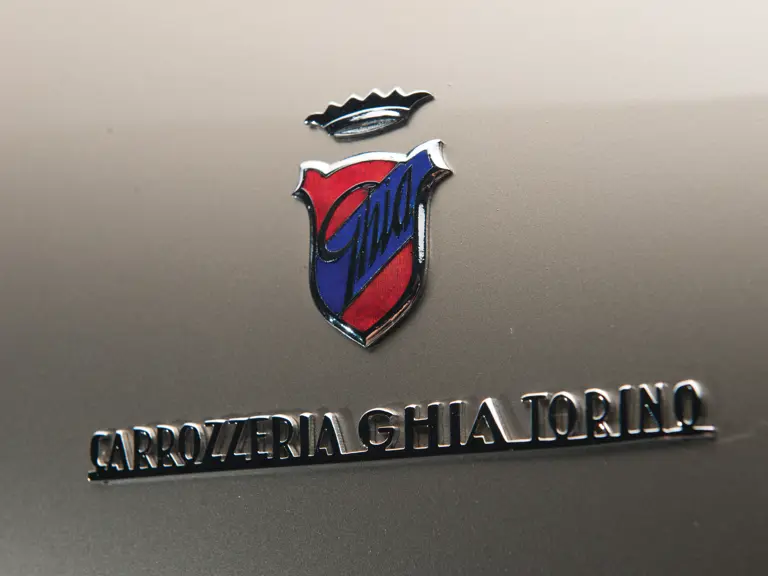

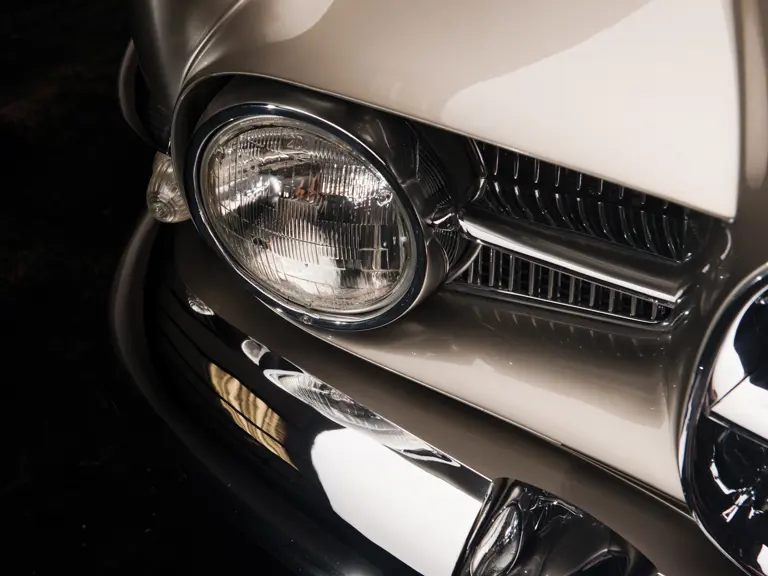
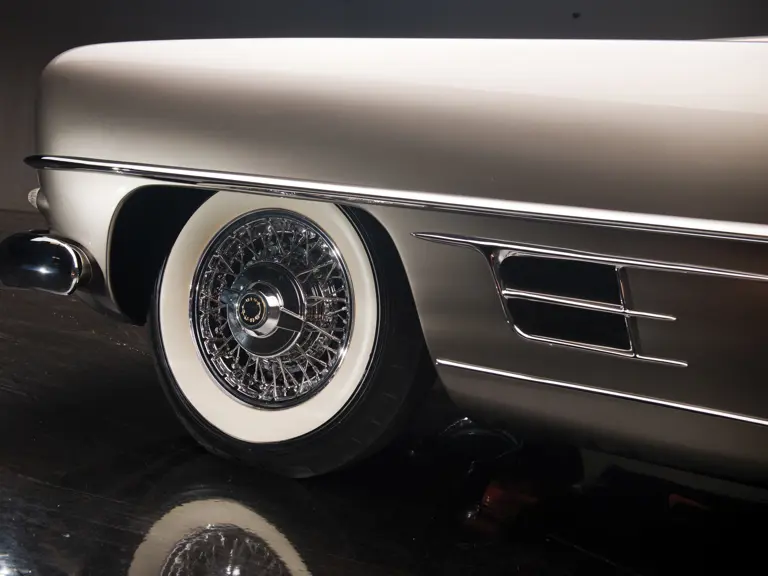
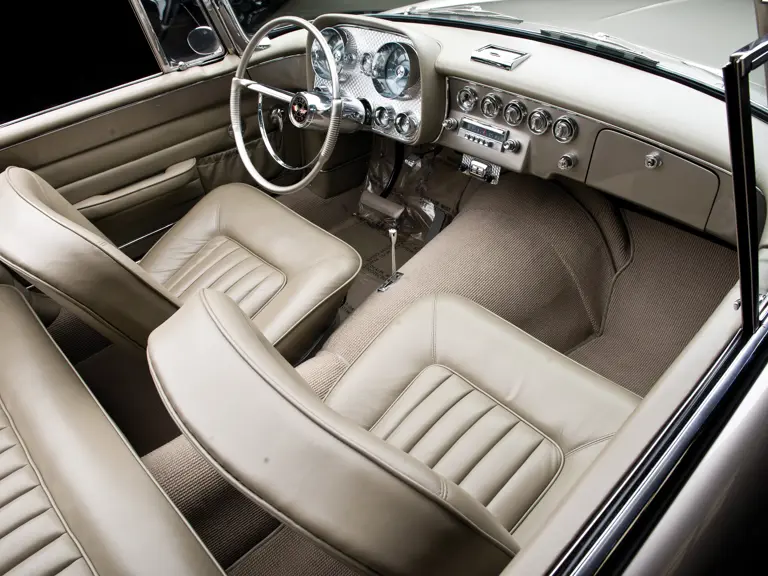
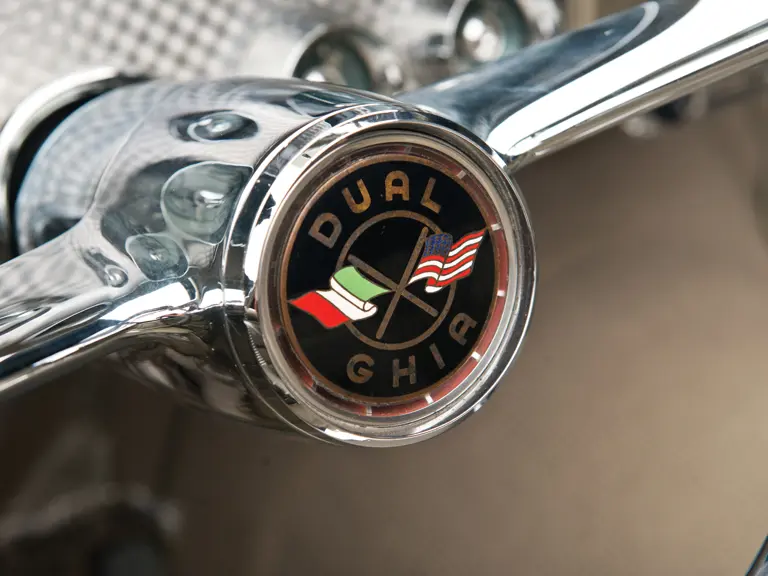
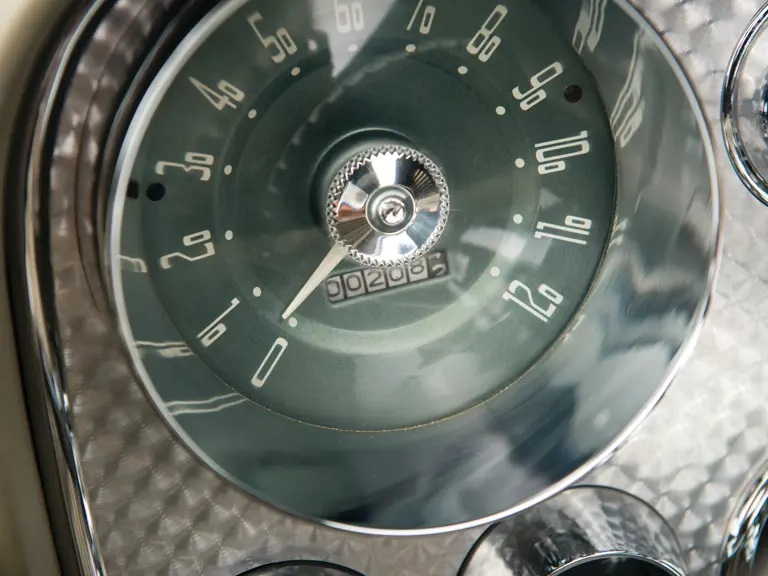
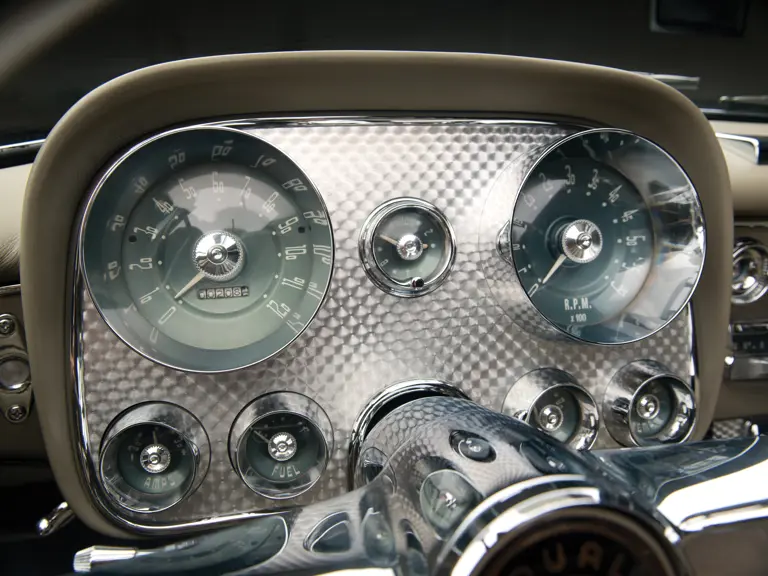
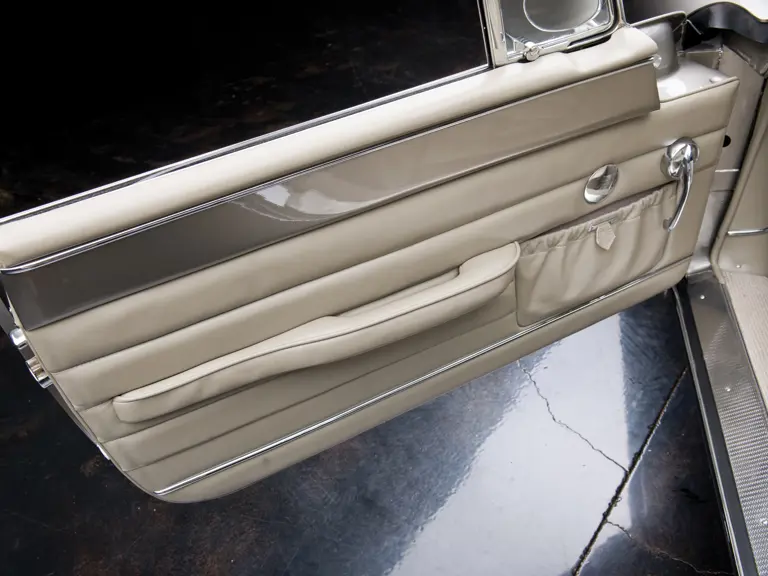
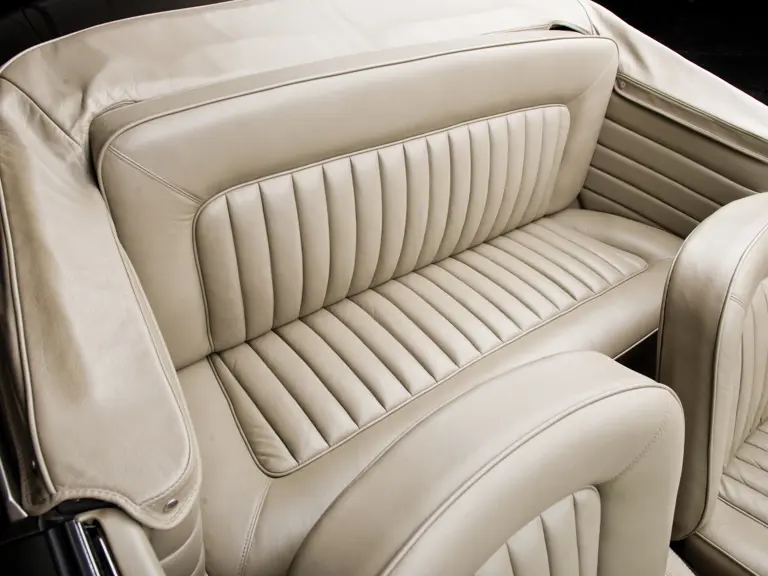
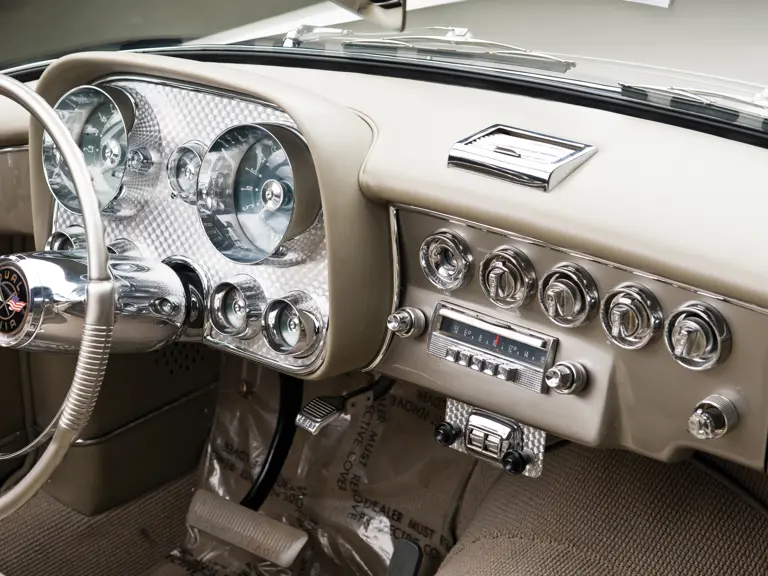

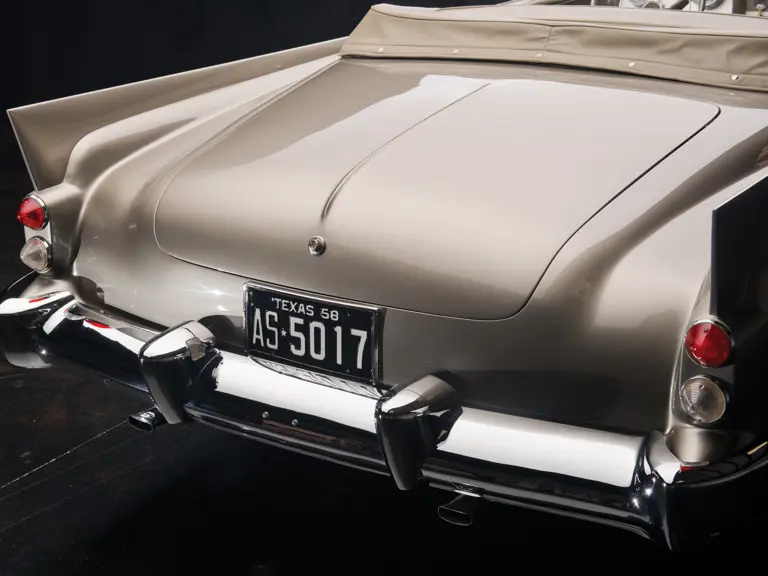
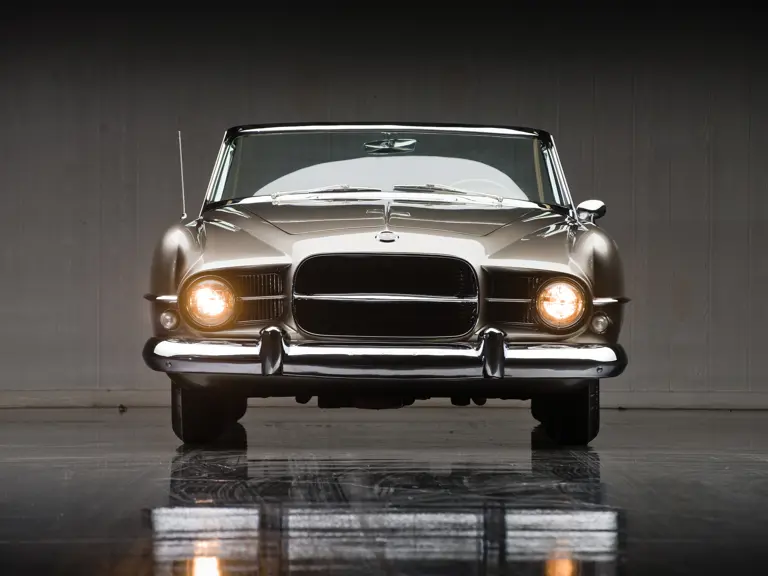
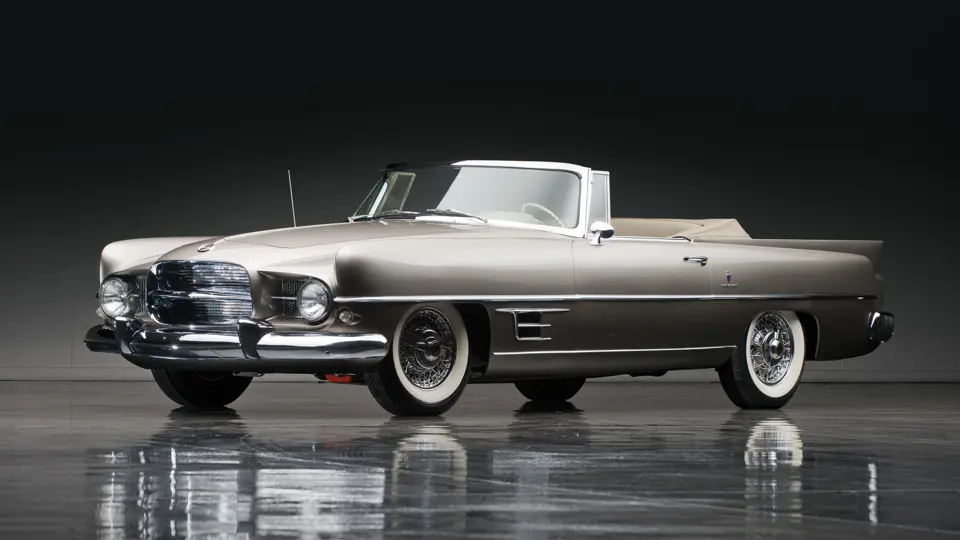
 | Fort Worth, Texas
| Fort Worth, Texas
